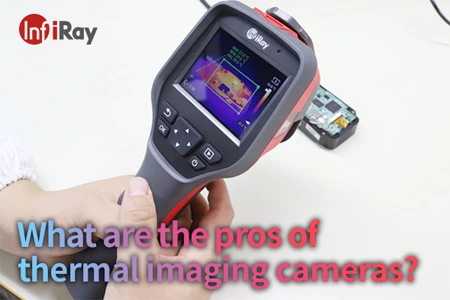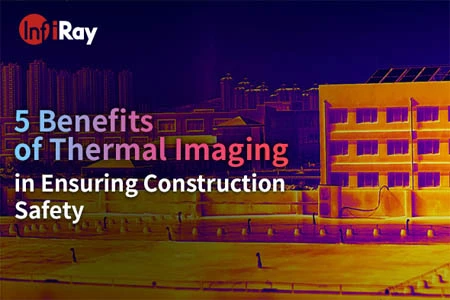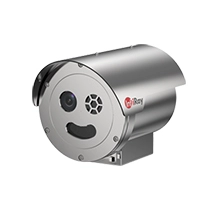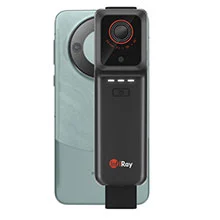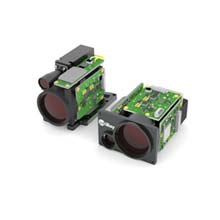Easy Step to Choose the Right Thermal Camera for Security Needs
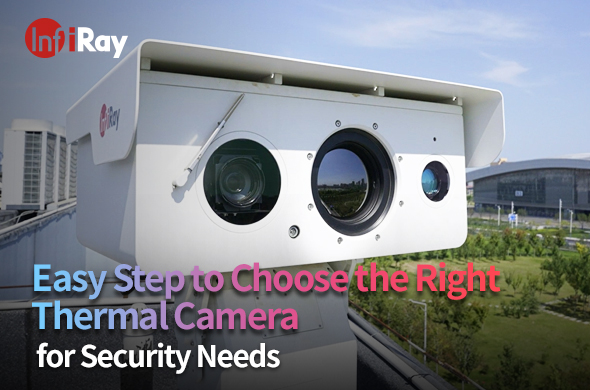
Thermal cameras have revolutionized the realm of security, offering a unique perspective that traditional cameras cannot provide. With the ability to detect heat signatures and work effectively in challenging conditions, thermal cameras are becoming an integral part of various security applications. However, selecting the right thermal imaging camera for your security needs requires careful consideration of several factors. In this article, we'll guide you through the process, ensuring you make an informed decision.
Factors to Consider Before Choosing a Thermal Camera
1. Purpose and Use Case
The first step in choosing the right thermal security camera is defining your purpose and use case. Are you looking to monitor a large perimeter, detect intrusions, or safeguard critical infrastructure? Different scenarios demand different features. For instance, a perimeter surveillance camera might require a wider field of view, while an intrusion detection camera might prioritize higher resolution for accurate identification.
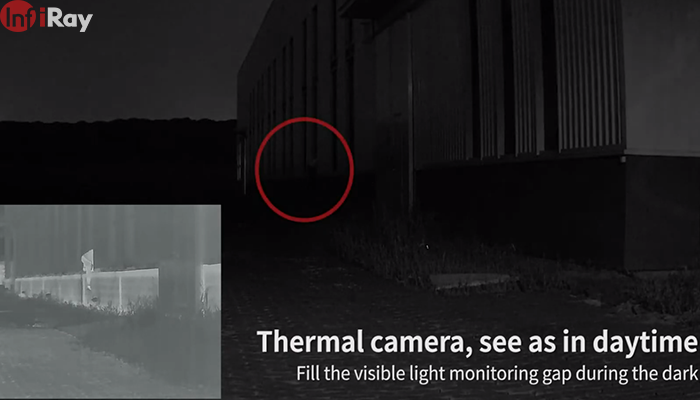
2. Detection Range and Resolution
Detection range and resolution are crucial factors in thermal imaging. The camera's ability to identify objects at varying distances depends on its detection range. Additionally, higher-resolution cameras provide clearer and more detailed images, aiding in better object recognition. Ensure you choose a camera that matches the size and requirements of your surveillance area.
3. Environmental Conditions
Thermal cameras excel in challenging environments where lighting is poor or adverse weather conditions prevail. However, it's essential to consider the specific conditions in your area. Some cameras perform better in extreme cold, while others might be optimized for hot climates. Choose a camera that can withstand and operate efficiently in your environment.
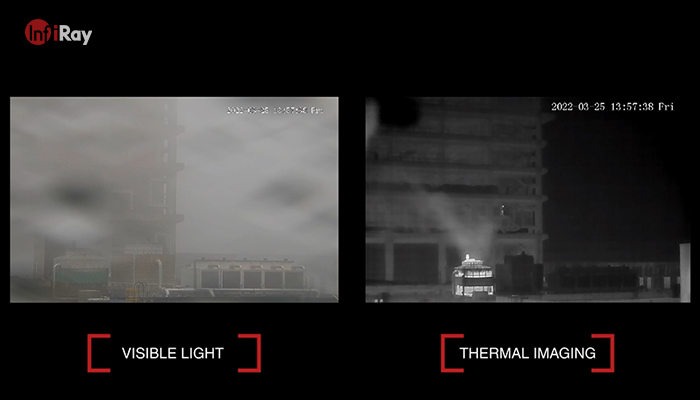
InfiRay thermal security camera can see through tough weather.
4. Integration with Existing Systems
Integrating a new thermal security camera into your existing security infrastructure is vital for seamless operation. Check for compatibility with your current systems, including video management systems and alarms. Choosing a camera that can integrate with your network and other security equipment will simplify management and monitoring processes.
5. Cost Considerations
While cost is a significant consideration, it's essential to balance your budget with the features you require. Keep in mind that the initial investment in a quality thermal imaging camera might yield substantial long-term benefits. Consider maintenance and operational costs alongside the upfront expense to make an informed decision. Extend Reading: Why Thermal Cameras Boost Your Surveillance Solution?
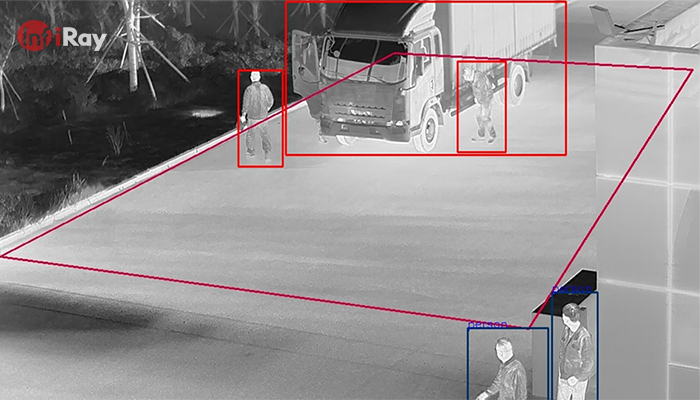
Types of Thermal Cameras Available
1. Uncooled vs. Cooled Thermal Cameras
Uncooled thermal cameras are cost-effective and suitable for various applications. They are generally more compact and require less maintenance. On the other hand, cooled thermal imaging offers higher sensitivity and can detect subtler temperature differences, making them suitable for more precise applications.
2. Fixed vs. Pan-Tilt-Zoom (PTZ) Cameras
Fixed thermal cameras have a stationary view, while PTZ cameras offer the flexibility to pan, tilt, and zoom. PTZ cameras are ideal for tracking moving objects or covering larger areas with a single camera. Your choice depends on your monitoring requirements.
3. Handheld vs. Mounted Cameras
Handheld thermal cameras provide portability and flexibility. They are excellent for temporary surveillance or on-the-go applications. Mounted cameras, on the other hand, offer stability and can be positioned strategically for long-term monitoring.
4. Standalone vs. Networked Cameras
Standalone thermal cameras function independently, while networked cameras can be integrated into existing security systems. Networked cameras offer remote access and centralized management capabilities, allowing you to control multiple cameras from a single location.
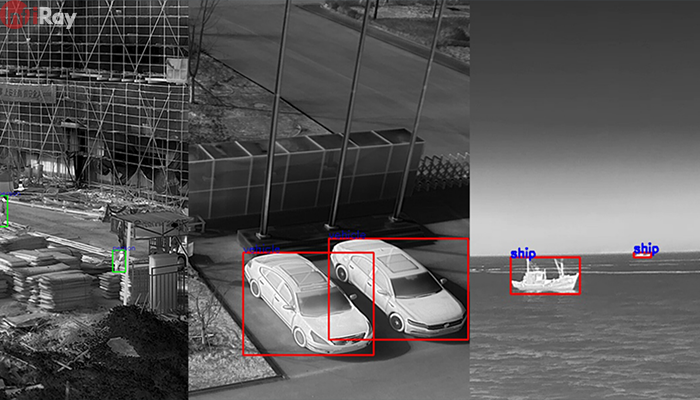
Key Features to Look for in a Thermal Camera
1. Image Quality and Resolution
Higher-resolution cameras provide clearer images, aiding in better object identification. Choose a camera with sufficient resolution for your monitoring area. Find High-Resolution Thermal Security Camera Here.
2. Thermal Sensitivity
Thermal sensitivity determines a camera's ability to detect even minor temperature differences. Higher sensitivity leads to more accurate and reliable detection.
3. Frame Rate and Refresh Rate
Frame rate affects the smoothness of video playback. A higher frame rate ensures more fluid monitoring, while a higher refresh rate minimizes image lag.
4. Lens Options and Field of View
Different lens options offer varying fields of view. Select a lens that covers the area you need without compromising image quality.
5. Image Analysis and Advanced Analytics
Some cameras offer built-in analytics for automated threat detection. These features enhance the camera's effectiveness and reduce the need for constant monitoring.
6. Integration with Video Management Systems (VMS) and Alarms
Ensure the camera can integrate with your existing VMS and alarm systems for efficient monitoring and response.
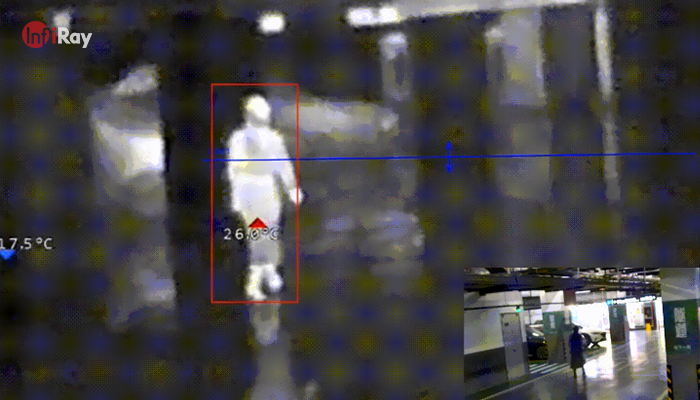
InfiRay thermal camera with integrated intelligent alarm system
Choosing the right thermal security camera for your security needs involves careful evaluation of your requirements and available options. By considering factors such as purpose, detection range, environmental conditions, integration, and cost, you can make an informed decision that maximizes the effectiveness of your security setup.

 français
français  Deutsch
Deutsch  Español
Español  italiano
italiano  русский
русский  português
português  العربية
العربية  日本語
日本語  한국어
한국어  magyar
magyar 






